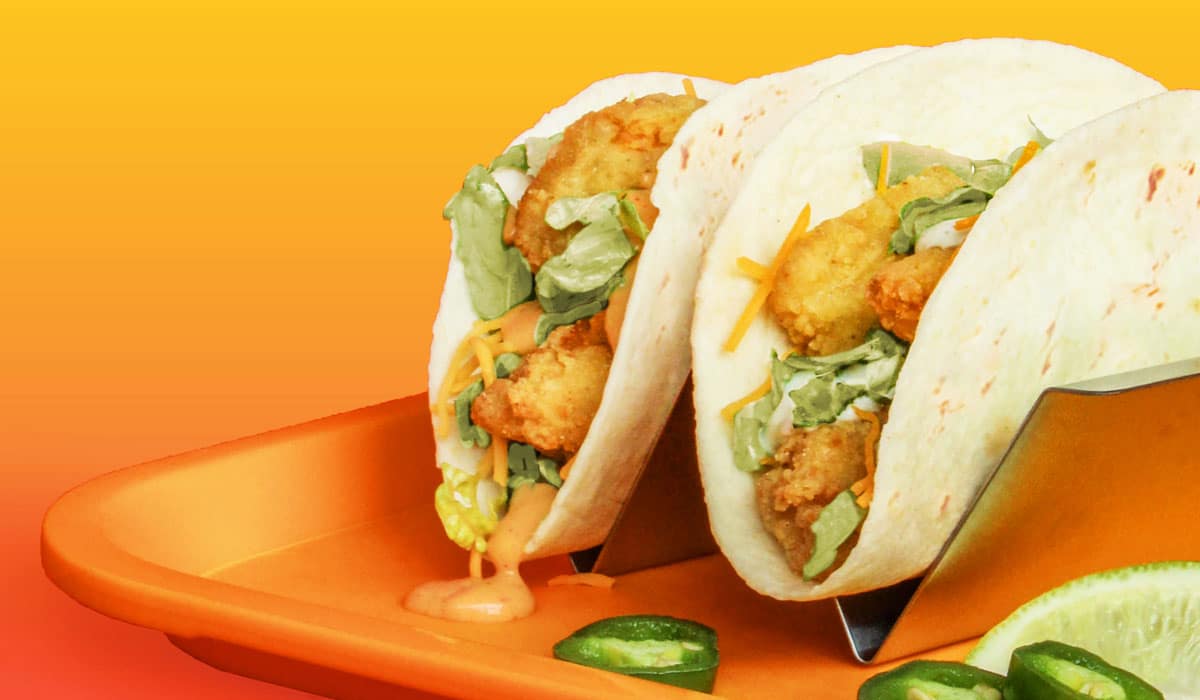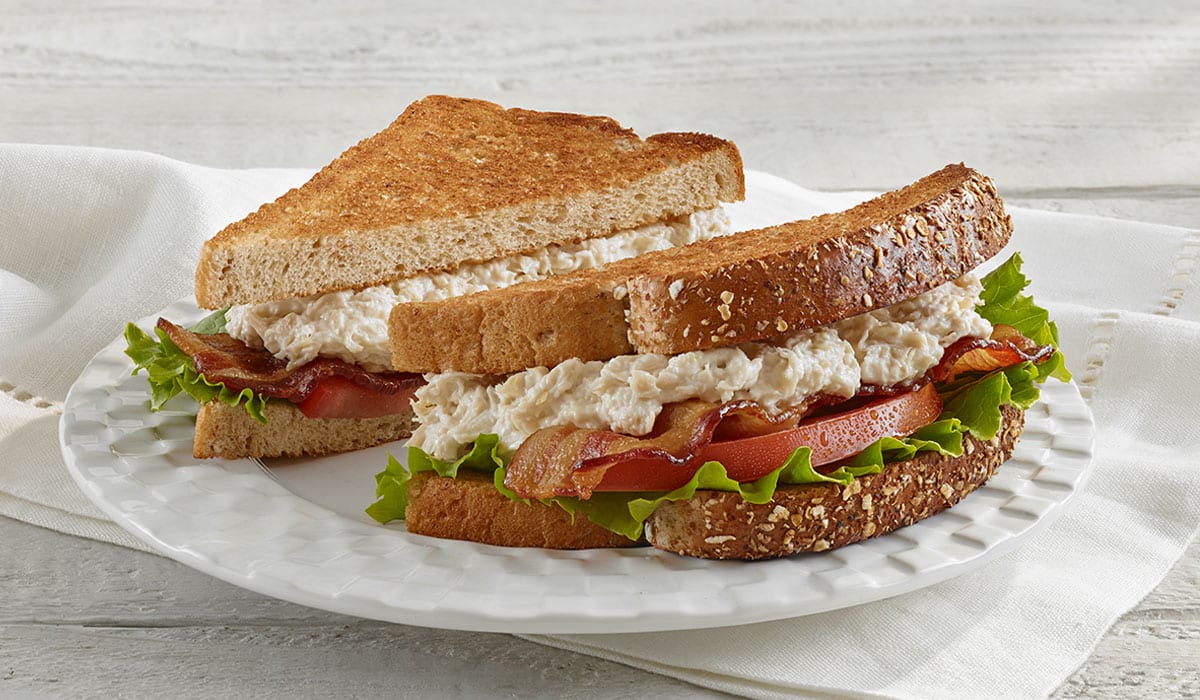In August 2019, the New York Times published a story called, “The Rise of the Virtual Restaurant.” The implication—food delivery apps had reshaped the way guests saw food and restaurants. Were dining rooms still needed? The answer was, it depended. In of itself, the fact that was now debatable suggested a major disruptor was upon us. Yet the timeline was murky. As was the landscape and players in it. Did guests care where food came from? What was the end-to-end experience like? Who shouldered costs?
COVID-19 didn’t allow restaurants to ponder these questions for long. At a conference in August 2020, Chowly CEO Sterling Douglass guessed there were 100,000 virtual concepts on third-party apps, whether people realized it or not. Brands from Chili’s to Dickey’s to Applebee’s to Smokey Bones to Chick-fil-A dove in. The field is likely so crowded today it would be like trying to take rollcall in a beehive.
It’s no great mystery why virtual brands exploded out of the pandemic. Delivery’s category share of foodservice sales doubled to more than 15 percent, according to financial services company Rabobank. In 2020, domestic channel sales climbed nearly 75 percent as dine-in vanished.
So brands rushed to get product to customers, by any means available. Ghost operations not only provided a quick, relatively low-cost entry to market, but it also enabled some restaurants to rebrand corners of their menu to get in front of delivery-loyal guests. Say, wings from Chili’s, executed at Chili’s but sold as “It’s Just Wings.” Or chicken tenders from Outback parent Bloomin’ Brands’ “Tender Shack.” Among other iterations, there was also the setup of brands providing product to other kitchens, such as independents, to add into existing operations and tack on a source of revenue. There are groups that execute the brand and cook the food, and then there are partners that provide space. In effect, landlords.
Nathan’s Famous is one concept that’s thrived in the virtual bubble.
James Walker was the SVP of restaurants at the chain during this transformative stretch. In November, he left the 105-year-old brand for New York City startup Buyk, launched just in September, which focuses on grocery delivery through a network of storerooms and bicycle couriers.
READ MORE: Meet this year’s 12 Digital Disruptors
Reflecting on the Nathan’s journey, however, he says the company navigated the “virtual wars” from a different angle than most. “A lot of these virtual brands that are competing in this space, they have no brand awareness,” he says. “They are strictly opportunistic attempts at jumping on the delivery increases due to the pandemic.”
That was hardly the case for Nathan’s, which was founded in 1916 and sold more than 700 million hot dogs last year. Rather, Walker saw virtual channels as a chance for Nathan’s to address pent-up consumer demand around the world. Virtual could web Nathan’s into multiple places at the same time, all while leveraging the company’s internal resources—a capital expenditure-light process with a far more abbreviated timeline than trying to prop up brick-and-mortar buildings.
“The primary difference between Nathan’s and some of the other virtual brands or brands that don’t have that 100-year history is we’re not going out attempting to build brand awareness,” he says. “We’re addressing the opportunity that brand awareness really provides.”
In fiscal 2021, Nathan’s opened seven franchised outlets. But it brought 130 ghost kitchens to market. From June 2020 to July of the following year, Nathan’s doubled the number worldwide. It leapt to 223 across 18 countries (there are more than 250 currently opening at an average of three to five per week), including the development of a new brand, Wings of New York, and revival of category iconic Arthur Treacher’s. The brand began incorporating ghost kitchens across its business model in 2019 through a partnership with Franklin Junction, a company that labels itself “an innovative foodservice e-commerce solutions platform that matches underutilized kitchens with proven restaurant brands for incremental revenue opportunities.” Essentially, unlike ghost kitchens, Franklin Junction’s “Host Kitchen” does not require new infrastructure to be built.
The following year, Nathan’s teamed with REEF Kitchens and headed to the Midwest. It then linked with Kitopi, and UAE growth was on. Ghost Kitchen Brands joined in. Come 2020, Nathan’s launched Wings of New York as a delivery-only concept selling Harlem-style chicken and waffles (and wings, naturally). In all, Nathan’s virtual network consists of four macro partners that operate the vast majority of the spots. Additionally, there are some independent and franchise operators serving Nathan’s behind the curtain to drive revenue, like Fuddruckers.
Across its system, though, Walker says, Nathan’s was always cognizant of lasting beyond the virtual flash. “I know there are virtual brands that might even be considered burner brands—they’re brands that don’t have a shelf life beyond a few consumer trials,” he says. “We have tried very, very hard to make sure that our brands offer our ghost kitchen partners a sustainable business model that has a long-term future and long-term relationship with us.”
Fast-crowding numbers will ultimately draw a line in the virtual sand. As more concepts enter the picture, stakes will climb. Dining rooms returning represents another competitor to account for. Perhaps the biggest.
In both respects, the sheer volume of virtual brands will force the quality quotient up, just as it did ahead of COVID regarding restaurants and an oversaturated industry. Quality, service, value, and consistency are what’s going to allow some virtual brands to stick around, Walker says. It’s where the shakeout between concepts invented with due diligence and those created to capture a trend will take hold.
That’s not to say Walker has any qualms with some recent additions to the market, especially celebrity-backed concepts. In October 2020, 35 percent of guests said they had virtual brand awareness and 23 percent ordered from one, Datassential found. By March 2021, it was 50 and 34 percent, respectively. Ninety-two percent said they wanted virtual brands properly identified on delivery apps, with 73 percent adding they’d like to know which restaurant/kitchen is preparing the food.
More than half of consumers (55 percent), in a later dive, said they considered it dishonest for a restaurant to sell food under a different brand. And two-thirds believed virtual brands should share locations and make it clear they are digital-only.
Per Datassential’s Firefly database, there were north of 8,029 ghost restaurant locations as of September (just in the U.S.)
These overarching sentiments back Walker’s view. Is trust the great virtual golden egg to chase? Can operators target that with brand association over novelty? In Datassential’s study, 50 percent of respondents said they were interested in virtual brands connected to charities. Celebrity chefs (39 percent), movies (29 percent), entertainers (25 percent), social influencers (22 percent), athletes (21 percent), and politicians (13 percent) followed.

But again, there appears to be a lot more emphasis placed today on identifiable brand value. Virtual concepts can foster that over time by delivering a great experience, Walker says. Or they can arrive to the space with equity, and then consistently live up to it.
“I think it depends in how you look at them,” Walker says of the celebrity-backed brands. “You can certainly take a celebrity, I would say Wolfgang Puck is a celebrity, and Guy Fieri, but they’re celebrities who create great experiences that could be executed through this channel. I would think they have the ability to be around for quite a while, where some of the celebrity brands where there’s been less work that’s gone into truly building a brand, they look at least to me outside that they’re more of an LTO.”
There’s power in that celebrity attachment, as you’re seeing from George Lopez to MrBeast. Yet what it’s going to boil down to sounds a lot like the tenets of operating a traditional restaurant. “Are you putting the effort into making sure the brand delivers on a great experience, and your host kitchen partners are supports,” Walker says.
He floats a scenario. Walker is a huge Star Wars buff. If Luke Skywalker actor Mark Hamill came out with a virtual brand, Walker would be first in line to get it. “But if I don’t like it, or it’s just not an exciting or great or rewarding experience, I’m still probably going to enjoy the fact that I got to try it, but I’m not going to order it again,” Walker says. “These celebrity brands are absolutely going to get trial. I have no doubt about that. But whether they get repeat purchases, which is really what’s necessary for them to have any staying power, is about the effort that was put into creating that quality, service, and value experience.” Walker says Nathan’s spent ample resources on training and support materials. The goal being to take on as much of the work as possible so host kitchens could focus on execution.
“This is not as simple as you send recipes and let us know when you’re ready,” Walker says. “There is in-person training, there is virtual training, there’s feedback. And we’re really focused on making sure the customer’s experience is as good as it possibly can be.” Unlike some chains, Walker says, Nathan’s doesn’t look at its host kitchen business as a way to go out and test markets. Instead, it’s a vehicle to get into business easier, and quicker. For example, Nathan’s started executing ghost kitchens in a couple of Brazil markets, places where there was clear demand for the product. Virtual was the quickest path to meet it.
“And that is in no way designed to be a replacement for brick-and-mortar restaurants,” Walker says. “It’s just right now, we’re taking the opportunity to go in, address that love the consumer has for Nathan’s Famous, and do it in a way that we’re able to with what’s going on with COVID and that market. But it’s not in place of or instead of doing brick-and-mortar restaurants. We have every intention of building out that market.”
Nathan’s virtual brand, Wings of New York, was designed to live within the company’s overall brand architecture. Just like Nathan’s Famous, Wings of New York is innately New York (wings). The waffle component was added to layer a differentiator into arguably the most jam-packed virtual arena.
This past May, Wings of New York opened its first physical restaurant inside Yankee Stadium. It was clear to guests where it came from, with branding stating, “brought to you by Nathan’s Famous.”
“That was always the plan,” Walker says.
It’s spread virtually to the UAE and Malaysia, as well as domestically. There are roughly two dozen open and operating currently in three countries, soon to be five.
Arthur Treacher’s, the 1969-founded brand that once numbered more than 800 U.S. locations, was revived as a virtual concept by Nathan’s in late May. At this point, there were reportedly only two freestanding Arthur Treacher’s left—both in Ohio. There’s one virtual model presently operating with “many more in the pipeline to open” before the end of the fiscal calendar.
The concept cooked up a deal with Franklin Junction in June. As noted, Franklin Junction matches “Host Kitchens,” or existing restaurants with the capacity to add a variety of delivery-only menus, with established growth concepts. It can range everywhere from restaurants to hotels, C-stores, and non-traditional venues, like airports and sporting venues. Arthur Treacher’s fit the bill. However this unfolds, Walker says, the premise won’t change for Nathan’s. Every move, as quick as they’ve been, has been deliberate. He calls some of the current options in the market, “virtual brand mills.” Essentially, organizations trying to check boxes without actually creating a brand or thinking about experience.
“I do think there’s going to be winners and losers and I do think there will be a shakeout,” Walker says. “Quality, service, and value will always be important.”







